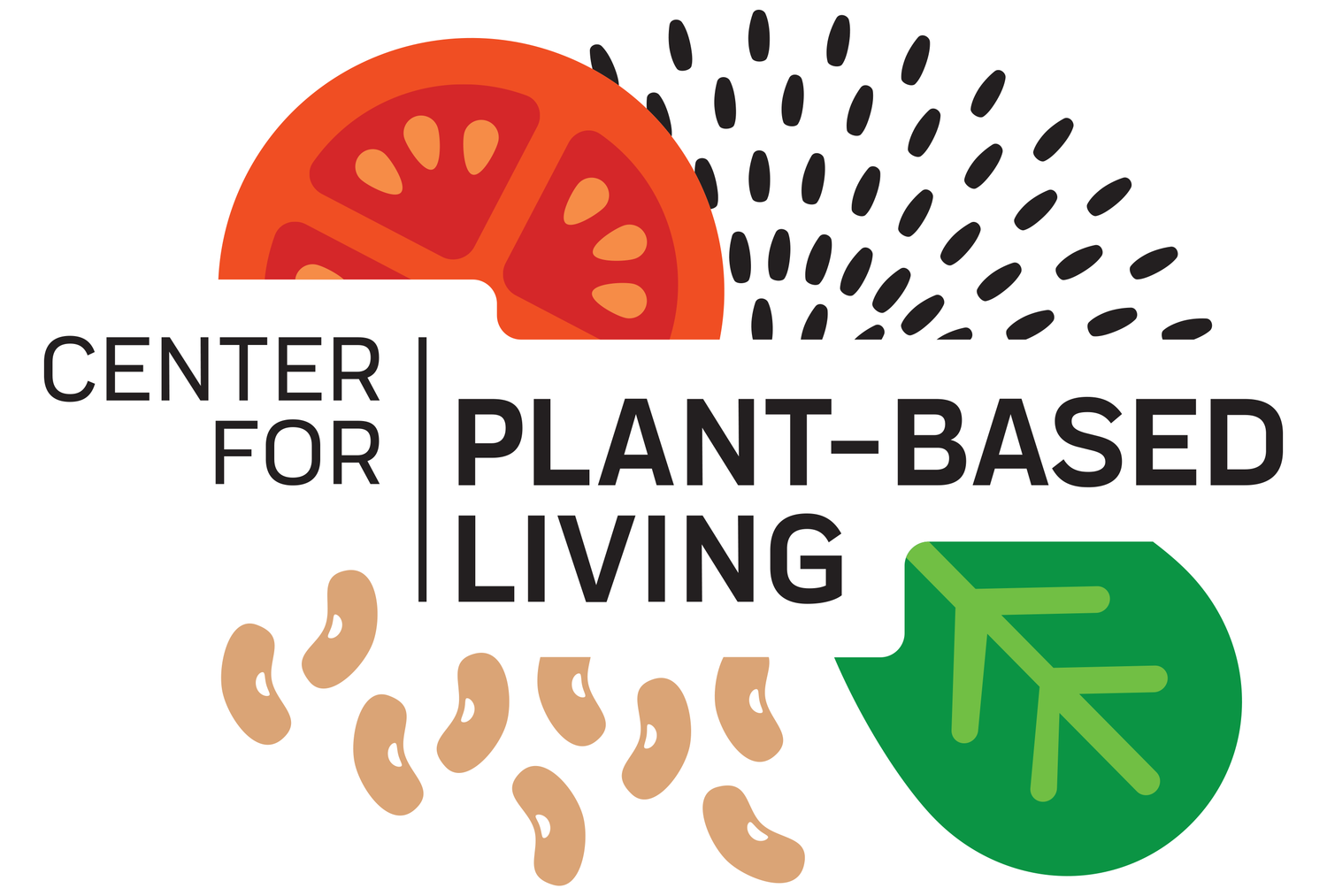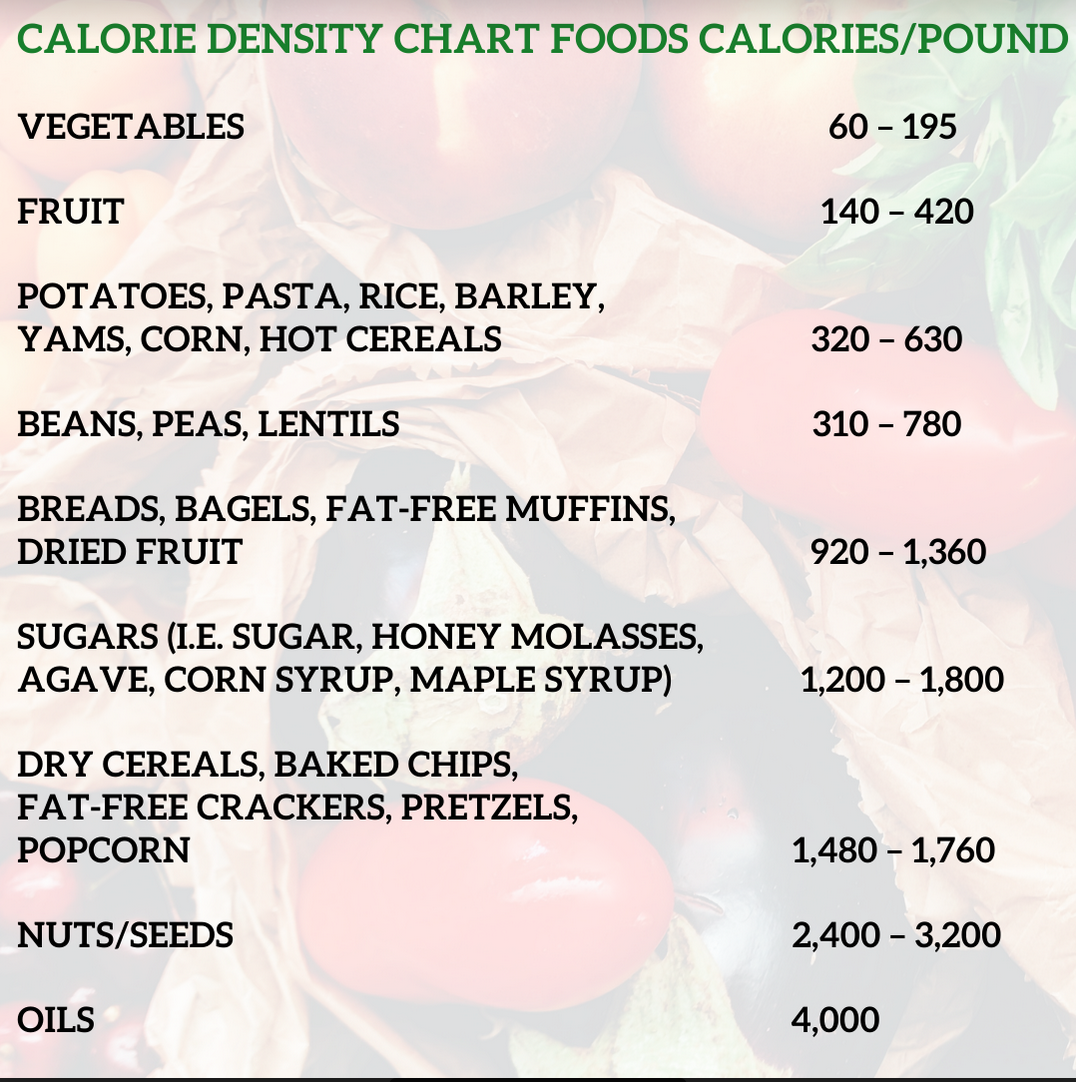WHAT IS VOLUMETRICS?
Volumetrics, as coined by Barbara Rolls, Ph.D. at Penn State, is essentially the act of eating low calorie density foods to achieve and maintain weight loss. What we have learned is the stomach has stretch receptors and when they are activated by adding volume to the stomach, they send a signal to the brain indicating satiation.
Moreover, if you eat foods that are high calorie dense (and thus, most likely low nutrient dense), these foods will not fill your stomach as quickly, and not engage the stretch receptors in a timely manner. When your brain finally does get the message that you are satiated, chances are you have taken in excess calories – and because most calorie dense foods are not whole plant-foods, they will also lack the abundant nutrients keeping us healthy.
“Calorie density is the number of calories per a given weight of food. Most of the time, calorie density is calculated as calories per 100 grams of food. While memorizing the exact calorie density of foods is unnecessary, being familiar with which types of foods are comparatively high and low in calories is important. Calorie density is related to the amount of water and fiber in a food—the more water and fiber, the fewer calories per volume of food. Note: Foods high in water and fiber content are also generally high in nutrient density (i.e., are good sources of vitamins, minerals, and phytonutrients) as well.”
Why does this happen? Fiber.
It’s all about the fiber.
Fruits, vegetables, beans, and tubers are very high in fiber, which btw, is a calorie-free micronutrient that is not absorbed into the bloodstream, and it is only found in plants. In fact, the definition of fiber is plant-roughage. You will never find any fiber in animal products, ever. This little F-bomb is the only one thing I ask my clients to track in their initial stages of becoming plant-based. The more fiber, the less calorically dense, the more weight-loss. Period.
For instance, let’s take 200 grams of apples (the size of one medium sized apple). Because of the water and fiber content, you’re probably taking in 104 calories, plus of course, health promoting phytonutrients. 200 grams of skinless chicken breast will deliver about 340 calories. Shoot, you might even get some corn feed and second-hand antibiotics, too! 200 grams of olive oil (15 tablespoons and easy to do in a couple of days) will do you no favors at a whopping 1,768 calories and 200 grams fat.
So, if you’re looking for a nearly fool-proof way to lose and maintain weight-loss, I’d suggest filling your plate with whole plant-foods. Even if you’re just wanting to add more plants to your plate, fill it ¾ of the way with big beautifully colorful steamed, roasted or raw plants. And remember – when making salad dressings, or sauteing your food, butter and oil will not aid in your health-seeking efforts. Adding calorie dense foods to low calorie dense foods, does not magically make everything “healthy”.
Credit: Forks Over Knives


